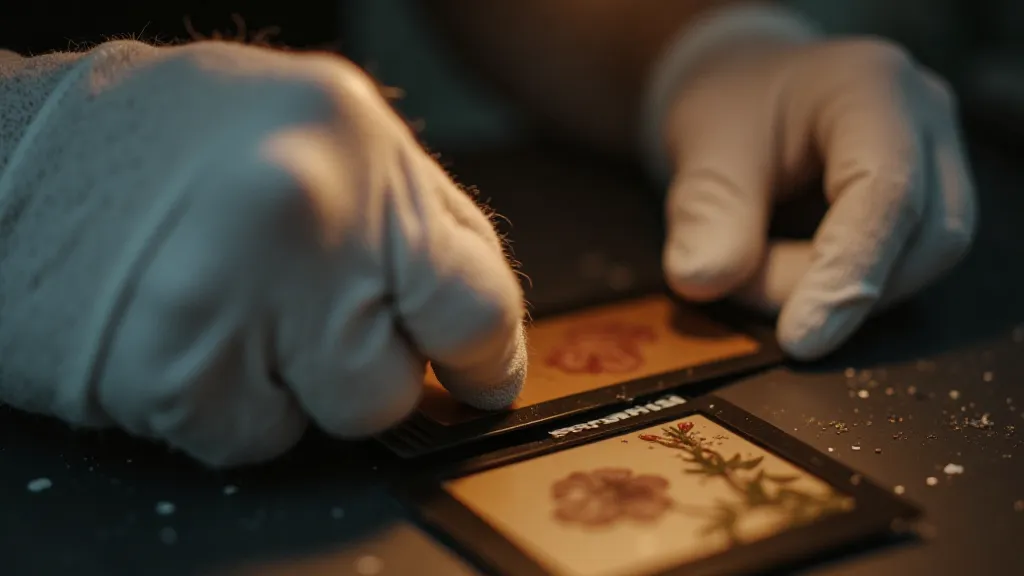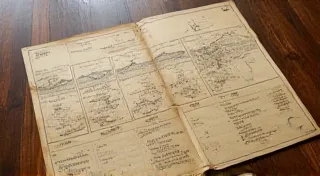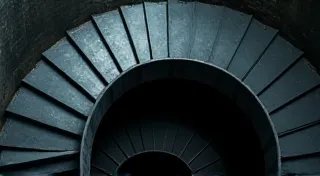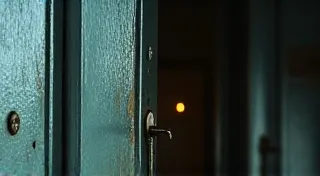Echoes in Glass: Addressing Slide Degradation and its Impact on Projection
There’s a peculiar romance attached to vintage slide projectors. It's more than just a piece of technology; it's a time capsule, a guardian of memories frozen in fragile cellulose triacetate. I recall my grandfather's projector, a sturdy Kodak Carousel, churning out family vacations from the 1970s – a grainy, sun-drenched world of oversized sunglasses and questionable fashion choices. But beyond the nostalgia, there's a melancholy understanding that these delicate images, these echoes in glass, are susceptible to the relentless march of time.
Unlike digital images, which can be duplicated and backed up ad infinitum, slides are physical objects. They exist in a tangible form, vulnerable to environmental factors and the simple passage of years. This inherent fragility is part of their charm, a poignant reminder that even the most cherished moments eventually fade.
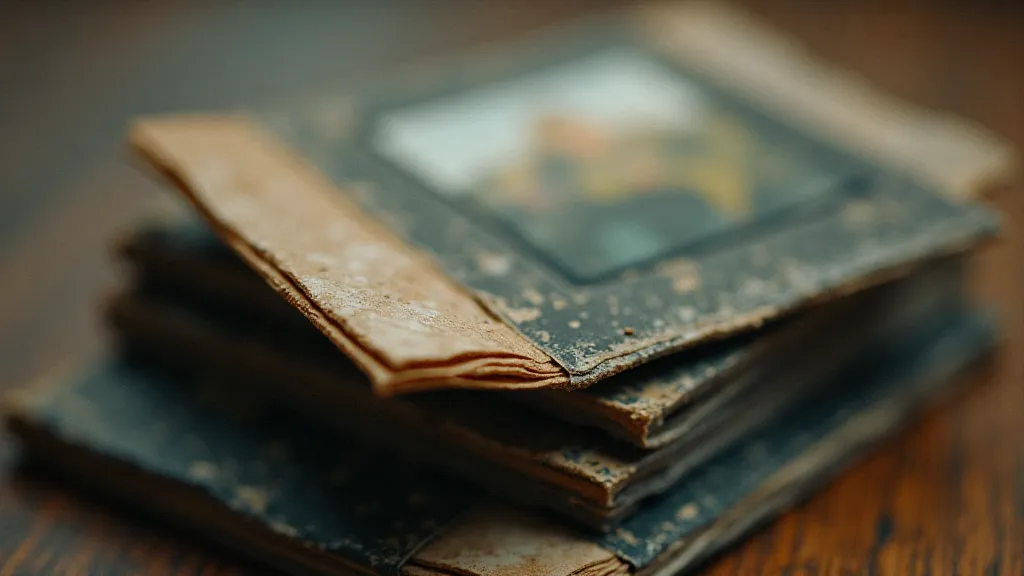
The Enemies Within: Common Slide Degradation Issues
The spectrum of slide degradation can be surprisingly varied. Color fading is perhaps the most immediately noticeable. Certain dyes, particularly vibrant reds and purples, are notorious for their tendency to bleach over time. This isn’t always uniform; a slide taken under bright sunlight might fare worse than one captured on a cloudy day. UV light is the primary culprit, slowly breaking down the dye molecules. Improper storage – exposed to sunlight or stored in damp, poorly ventilated areas – significantly accelerates this process.
Scratches are another common affliction. These can range from superficial surface marks to deep gouges that obscure the image. Handling slides without proper care – often by amateur enthusiasts without realizing the delicate nature of the medium – is a frequent cause. Even minor abrasions, accumulated over years, can detract significantly from the projected image. The older the slides are, the more likely they are to show wear and tear.
Mold and fungus are particularly insidious. These thrive in humid environments and can leave unsightly patches on the slide surface, often appearing as green, white, or black discoloration. Beyond the aesthetic damage, mold can weaken the emulsion layer, making the slide even more brittle and susceptible to further deterioration. This is a particularly difficult issue to address, and often requires specialized cleaning techniques.
Furthermore, acetate cracking, sometimes referred to as "vinegar syndrome", is a chemical degradation process unique to cellulose acetate film. It produces a characteristic vinegar smell and leads to brittleness and brittleness and structural damage. It’s a grim reminder that even seemingly stable materials are subject to chemical breakdown.
Projecting Through the Imperfections: Impact on Image Quality
The impact of these degradations on the projection experience is undeniable. Faded colors render the original vibrancy of the scene a distant memory. Scratches create distracting patterns that pull your eye away from the intended subject. Mold obscures details and introduces a muddy, indistinct quality to the image. Acetate cracking can even cause the emulsion layer to flake off during projection, a truly heartbreaking sight for any collector.
Even subtle degradations can subtly alter the emotional impact of the image. A slightly faded photograph of a child’s laughter loses some of its joy. A scratch across a loved one’s face becomes a visual distraction from the memory you're trying to relive.
Can Restoration Be Feasible? A Delicate Balance
The question of slide restoration is a complex one, often sparking heated debate among collectors. True “restoration” in the sense of perfectly recreating the original image is often impossible, and attempting aggressive methods can easily cause irreparable damage. However, some improvements are possible with careful and informed techniques. Cleaning, for example, can often remove surface dust and mold, significantly improving clarity. There are archival-safe cleaning solutions specifically designed for photographic materials, and meticulous application is key.
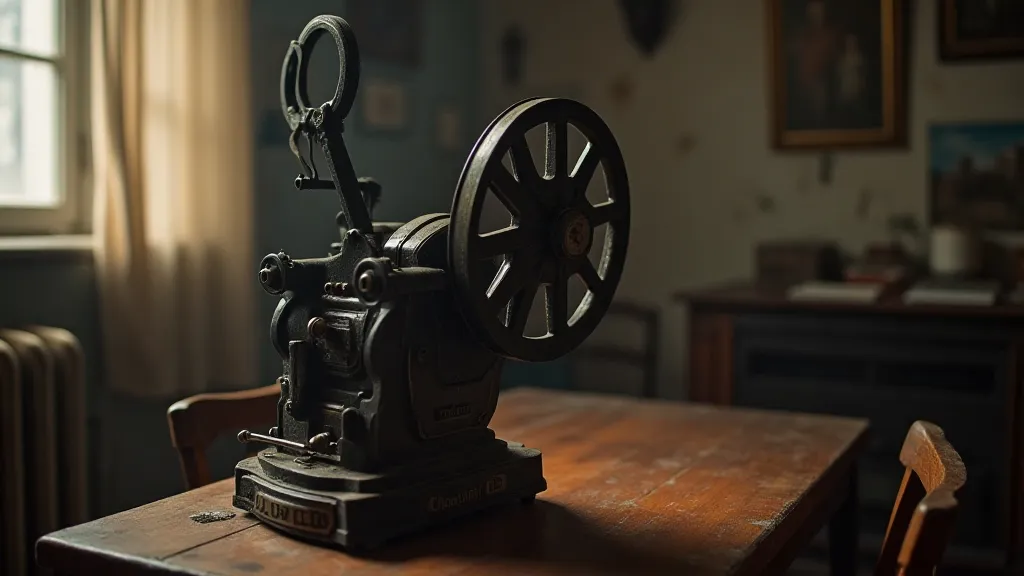
Digital manipulation is another option. Scanning the slides and employing image editing software allows for the reduction of scratches and color correction. However, this comes with the inherent trade-off of transforming the original analog image into a digital representation, losing some of the unique qualities and imperfections that contribute to its character. Furthermore, overzealous digital manipulation can create a “sterile” appearance, stripping away the authentic feel of the vintage photograph.
Ultimately, the decision of whether or not to attempt restoration is a personal one. It depends on the severity of the damage, the value of the slide (both sentimental and monetary), and the individual’s comfort level with potentially altering the original artifact. A responsible approach prioritizes preservation over perfection, focusing on stabilizing the slide and minimizing further degradation, even if it means accepting some imperfections.
Preserving the Echoes: Caring for Your Vintage Slides
The best defense against slide degradation is proactive preservation. Proper storage is paramount. Slides should be housed in archival-quality sleeves and stored in a cool, dry, and dark environment. Avoid direct sunlight and fluctuating temperatures. Regular inspection can help identify early signs of deterioration, allowing for timely intervention. Handle slides with care, using cotton gloves to prevent fingerprints and scratches.
Consider digitizing your slide collection. This not only creates a backup copy of your precious memories but also allows you to share them more easily with family and friends. While digitization may alter the image slightly, it provides a valuable safeguard against the inevitable degradation of the original slides. It’s a way to honor the past while securing its legacy for future generations. These delicate squares of film contain echoes of lives lived, stories told, and moments cherished. Preserving them is a responsibility, a tribute to the artistry of analog photography, and a testament to the enduring power of memory.
